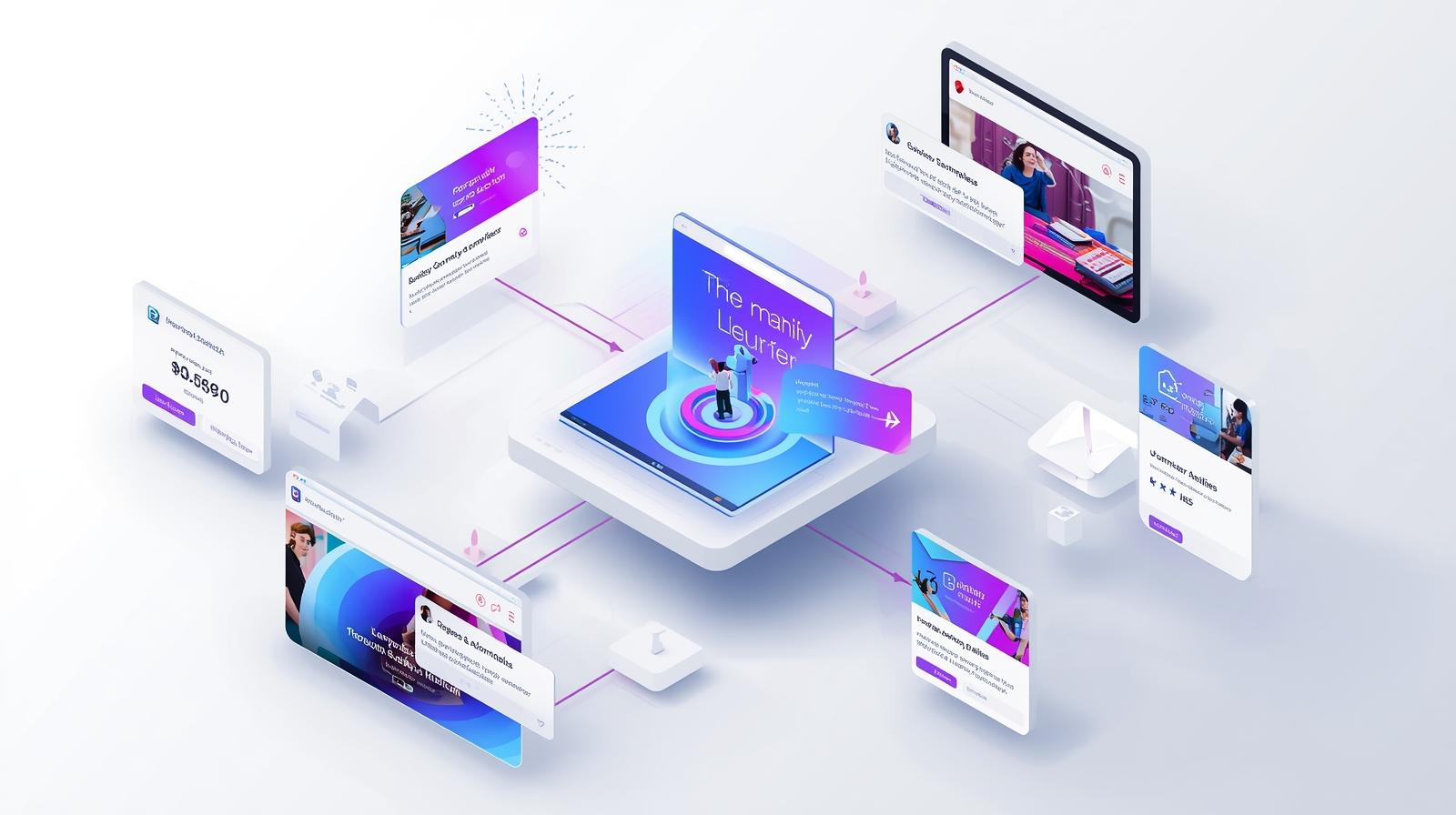1. Why should foreign trade websites be deeply integrated with social media?
A common reason for independent websites to experience a lack of traffic is that their content is only distributed externally, with insufficient on-site engagement. The most efficient path is "social media reach → website engagement → remarketing." Search engines prioritize usability and stable engagement; refer to Google Search Central's recommendations for site quality and structured presentation. Furthermore, the growth trend of cross-border e-commerce has long been confirmed in UNCTAD research. For industry standards in advertising and attribution, refer to the IAB Tech Lab 's metrics guidelines to build a reliable data loop.
2. From "content matrix" to "theme cluster" to synchronize social media and the website
Theme cluster planning : With "application scenarios/industry pain points/compliance and quality" as the main axis, form 1 authoritative long article (on-site) + 5-8 short content (social media), which are linked back to the official website's case page and FAQ.
Multi-language adaptation : Social media titles, site H1, Meta and content are localized simultaneously, and
hreflang+ multi-language sitemaps ensure that each language can be correctly retrieved (see Google Search Central for methods).Social proof layout : Display customer logos, certifications, and third-party reviews near the return page; "scannable design" and trust cues can be referenced by Nielsen Norman Group 's usability research.
3. Direct social media traffic back to the site in a “compliant” manner
Layered CTA : Short videos/carousel posts guide users to "download parameter sheets/apply for samples/inquire", and the landing pages on the site match the same topic and language to reduce cognitive gaps.
Standardized touchpoints : All social media links follow the same UTM rules; landing pages include secondary CTAs (subscribe, join WhatsApp/email list) to retain audiences for subsequent remarketing.
Materials and topics : Use "comparative evaluation, process disassembly, delivery time and quality inspection process, and compliance Q&A" as the main narrative to continuously dispel risk concerns.

4. How should landing pages carry out social media’s intentions?
The three key elements of the home screen are: a one-sentence unique user experience (UVP) statement, key qualifications (ISO/CE/UL, etc.), and a primary call to action (CTA). The button should be thumb-accessible on mobile devices, and the text should convey the message "action + benefit."
Speed and experience : Static/SSR, WebP images, lazy loading of scripts, and ensuring that LCP/CLS standards are met (see Google Search Central ).
Discoverability : Products, FAQs, and reviews are marked up with Schema.org. Breadcrumbs, site search, and related content recommendations reduce bounces and increase retention and return visits.
5. Use data closed loop to turn one click into multiple return visits
Pixels and events : Deploy GA4 + Ads/social media pixels; set key events such as 50% scroll, CTA click, form submission, and document download.
Remarketing rhythm : Trigger an email or ad with "case + FAQ + white paper" 7/30 days after the first click; use different materials and languages for different countries/industries.
Attribution and Budget : Calibrate attribution windows and repeat touchpoints based on IAB-recommended metrics, and focus budgets on high-intent audiences and high-conversion landing pages.
6. Common Misunderstandings and Corrections
Social media is popular but the site is weak : there are no topic clusters and structured links, and it is not visible in searches; it needs to be anchored by long articles on the site, and the weight of social media content backlinks is aggregated.
Only chasing fans without reading inquiries : lack of forms and light conversion (subscription/sample application); "light/heavy" two-level CTA must be embedded in each content module.
Language translation without localization : ignoring local terminology, units of measurement, and compliance information; multilingual elements require systematic management and proofreading.
7. Pinshop’s integrated implementation
Technology : React+Next.js staticization/SSR, native adaptation of multiple languages and
hreflang, 3D/video components to improve retention.SEO Automation : Generate multilingual Meta, structured data, and Sitemap with one click; keyword analysis and intelligent writing accelerate the production of topic clusters.
Growth tools : Site search, FAQ/case templates, UTM specifications, pixel and GA4 event presets; one-click synchronization of social media content and remarketing integration.
CTA
Want to convert social media buzz into steady inquiries for your website ? Use Pinshop 's "fast multilingual website building + automated SEO + social media sync and pixel pre-installed" to get your industry-specific theme clusters and retargeting solutions. Book a demo now to kick-start your growth.

【Extended Reading】
Optimizing skills for brand story display on foreign trade websites






